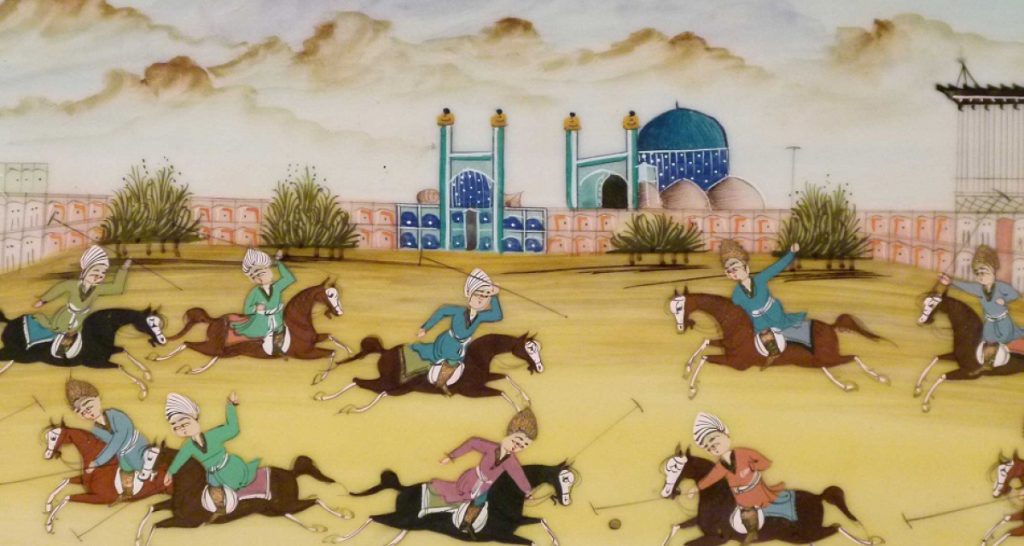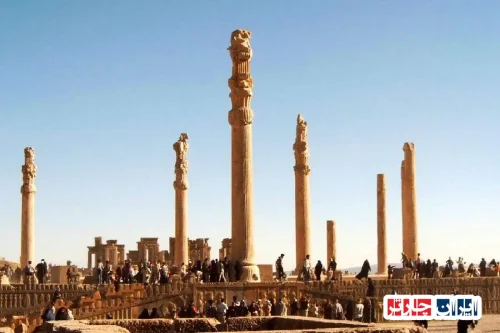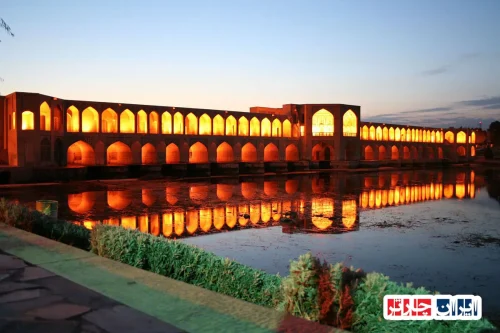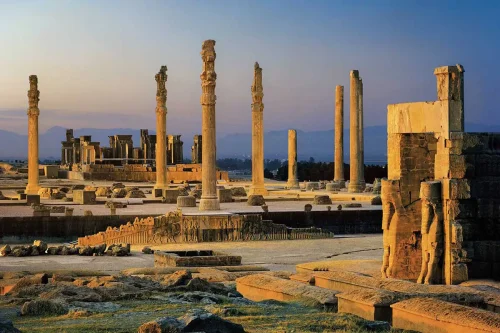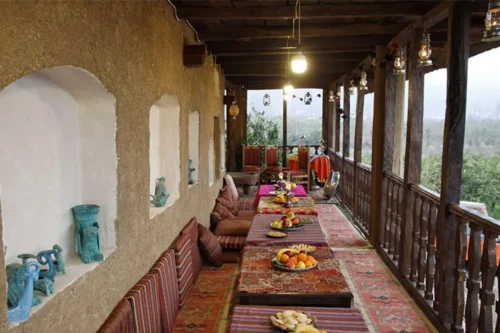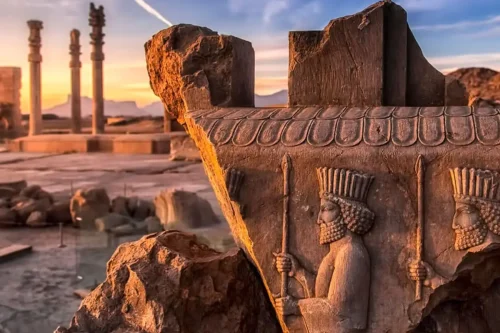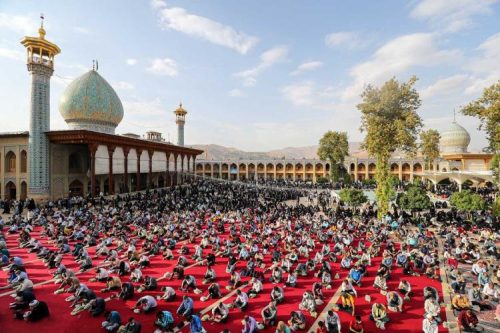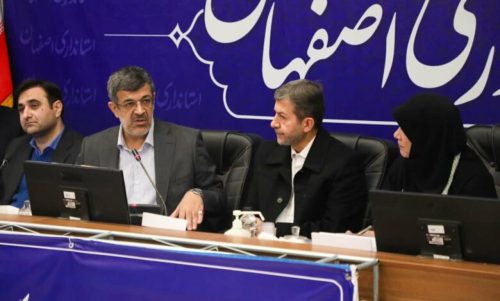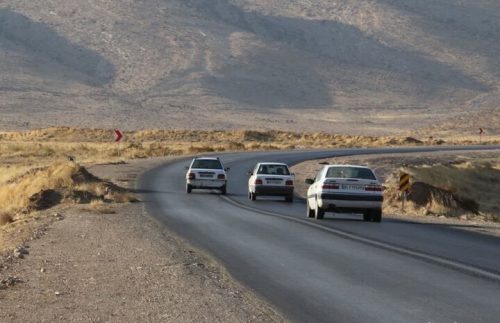Iran Charter Film: Reviving Indigenous ‘Sokhenon’ at Abbasabad Global Garden, Behshahr
In an era when cultural heritage and modern storytelling come together in unexpected ways, the project titled “Iran Charter Film: Reviving Indigenous ‘Sokhenon’ at Abbasabad Global Garden, Behshahr” stands as a defining example of preserving ancient traditions while embracing innovative cinematic techniques. This film not only captures the breathtaking landscapes of Abbasabad Global Garden in Behshahr but also delves into the deep-rooted legacy of indigenous practices and rituals, transforming them into a narrative that resonates with both historical authenticity and present-day relevance. By intricately weaving testimonials from local elders, mesmerizing visual art, and the symbolic revival of the time-honored tradition of Sokhenon, the film provides viewers with an immersive experience that bridges the gap between the past and an evolving future. Throughout the extensive production process, the dedicated team behind “Iran Charter Film: Reviving Indigenous ‘Sokhenon’ at Abbasabad Global Garden, Behshahr” meticulously researched the origins of Sokhenon, exploring its significance to the local community and the broader cultural tapestry of the region. The film’s narrative encapsulates the essence of indigenous wisdom and the rich folklore that has been passed down through generations, ensuring that the subtle interplay of historical memory and contemporary artistic interpretation remains at the forefront. The cinematic journey is enhanced by carefully selected musical scores and visuals that pay homage to the natural beauty of the garden, creating a dialogue between nature and human expression that is both timeless and urgently relevant. As the film unfolds, viewers are invited to witness how “Iran Charter Film: Reviving Indigenous ‘Sokhenon’ at Abbasabad Global Garden, Behshahr” serves as an inspiring call to action for communities to reinvest in their cultural heritage. The narrative is constructed around the belief that preserving such traditions is not merely an act of remembrance but also a vital factor in fostering social unity and empowerment. The film presents a thoughtful reflection on how indigenous customs can inform modern art forms, reinforcing the idea that authenticity in creative expression can lead to a rejuvenation of cultural pride. With each frame, there is a clear emphasis on the transformation of ancient rituals into contemporary symbols of resilience, enabling a dialogue between diverse generations and artistic disciplines. In addition to its aesthetic and cultural impact, the film stands as a testament to the collaborative spirit among local artisans, historians, and filmmakers. Their combined efforts have culminated in a work that eloquently captures layered narratives while maintaining an organic storytelling style. “Iran Charter Film: Reviving Indigenous ‘Sokhenon’ at Abbasabad Global Garden, Behshahr” brilliantly illustrates how artistic endeavors can function as both mirrors and windows: reflecting the nuanced reality of heritage and offering a portal to unexplored dimensions of identity and belonging. The film’s dynamic structure ensures that viewers engage with a narrative that is as intellectually profound as it is visually captivating, thereby cementing its place as a milestone in cultural cinema. Moreover, the film adeptly integrates modern cinematic techniques with traditional storytelling methods. It avoids oversimplification by offering multiple perspectives on what Sokhenon means to the people of Behshahr, thereby creating a multilayered narrative enriched by historical context and emotional depth. The recurring motif of nature intertwined with human creativity is highlighted throughout the film, setting a stage where the organic beauty of Abbasabad Global Garden complements the rich tapestry of indigenous heritage. In this way, “Iran Charter Film: Reviving Indigenous ‘Sokhenon’ at Abbasabad Global Garden, Behshahr” becomes more than just a cinematic production—it transforms into an ongoing conversation about culture, community, and continuity. The thoughtful incorporation of traditional settings, genuine performances, and an authentic narrative structure has allowed the film to gain traction among audiences who are keen to rediscover and celebrate their cultural roots. By revisiting the age-old customs and reinventing them through a modern lens, the film provides a vision of how heritage can be dynamically repurposed in art and media. The director’s vision was to create a work that resonates on multiple levels: a historical document, an aesthetic exploration, and a catalyst for future cultural innovation. As the story unfolds, the recurring emphasis on “Iran Charter Film: Reviving Indigenous ‘Sokhenon’ at Abbasabad Global Garden, Behshahr” underscores the core mission of reconnecting with and revitalizing forgotten traditions in a manner that is both celebratory and thought-provoking. Furthermore, the film’s narrative framework encourages viewers to contemplate the importance of cultural preservation in a rapidly globalizing world. The emphasis on legacy and historical continuity serves as a reminder that traditions like Sokhenon hold intrinsic value not only for their aesthetic merit but also for their ability to nurture social cohesion and a sense of identity. The artistry behind “Iran Charter Film: Reviving Indigenous ‘Sokhenon’ at Abbasabad Global Garden, Behshahr” lies in its ability to merge scholarly research with creative flair, ultimately resulting in a production that is educational, inspiring, and emotionally engaging. The film invites its audience to embark on a reflective journey, where moments of visual poetry are interspersed with contemplative pauses that highlight the transformative power of cultural remembrance. As discussions around indigenous heritage continue to evolve, the film has sparked numerous dialogues among cultural commentators, educators, and community leaders. It serves as a powerful reminder that revitalizing traditions such as Sokhenon can offer new opportunities for societal growth and creative reinvention. In its portrayal, “Iran Charter Film: Reviving Indigenous ‘Sokhenon’ at Abbasabad Global Garden, Behshahr” not only preserves the historical depth of traditional practices but also reimagines them in a framework that is accessible and relevant to contemporary audiences. This synthesis of past and present enriches the viewer’s understanding of how cultural identities can be celebrated and redefined in innovative ways. By masterfully incorporating the target theme throughout its narrative arc, the project emphasizes that every cultural expression has the potential to inspire and transform. The film’s title, “Iran Charter Film: Reviving Indigenous ‘Sokhenon’ at Abbasabad Global Garden, Behshahr,” is reiterated as a symbol of its mission to safeguard a heritage that is both ancient and evolving. This continuous invocation of the title serves as an ever-present anchor that guides the storytelling process, ensuring that the core message remains clear and impactful. Through its expansive and layered narrative, the film ultimately creates a compelling argument for the integration of indigenous practices into modern cultural dialogues while celebrating the rich legacy that defines them.
NAGHMEH-HISTORICAL-SOKENON-Iran Charter
NAGHMEH-HISTORICAL-SOKENON-Iran Charter
NAGHMEH-HISTORICAL-SOKENON-Iran Charter
Historical Significance and Cultural Roots of Indigenous Sokhenon
Indigenous Sokhenon has long been recognized as a treasured cultural tradition, representing an essential link to the deep historical roots and heritage of the region. This ritual, preserved over generations, encapsulates the unique practices and values that have shaped community identity. The symbolism embedded in Sokhenon reflects ancient wisdom and collective memory, serving not only as a cultural emblem but also as a living archive of historical narratives. As communities continue to embrace these time-honored customs, the preservation of Sokhenon remains a vital part of sustaining a rich cultural legacy.
Cultural Analysis of Indigenous Sokhenon in the Modern Context
In today’s rapidly evolving social landscape, the study and interpretation of indigenous practices such as Sokhenon offer valuable insights into the interplay between tradition and modernity. This cultural analysis reveals that while contemporary innovations introduce new dimensions to communal expression, they do not diminish the profound significance of age-old rituals. By integrating modern storytelling techniques with time-tested practices, communities are able to reinterpret Sokhenon in ways that resonate with diverse audiences, ensuring its relevance for future generations.
Role of Indigenous Sokhenon in Fostering National Identity
The preservation and celebration of indigenous Sokhenon play a pivotal role in reinforcing national identity and unity. As communities come together to observe this ancient tradition, they not only honor their heritage but also strengthen social bonds through shared cultural expressions. This ritual acts as a conduit for transmitting the values, beliefs, and histories that form the backbone of community identity, ultimately contributing to a broader sense of national pride and continuity.
Integrating Innovation with Tradition in the Revival of Sokhenon
A distinctive feature of the revitalization process of Sokhenon is its fusion of innovative creative methods with established cultural practices. Modern cinematography, digital media, and artistic interpretations are being harnessed to breathe new life into this traditional ritual without compromising its authenticity. This synthesis not only makes the ancient practice accessible to a wider audience but also invites a reexamination of cultural narratives in a format that is both engaging and deeply respectful of its origins.
Evolution of Indigenous Sokhenon in a Changing World
As societal norms shift and technology reshapes human interaction, the evolution of indigenous Sokhenon illustrates the dynamic nature of cultural traditions. This transformation allows the ritual to adapt to current realities while preserving its core essence. Continued research and community engagement are unveiling new interpretations that highlight the enduring nature of Sokhenon, reinforcing its ability to thrive in a modern context without losing its historical significance.
Assessing the Social Cohesion Impact of Indigenous Sokhenon
The revitalization of Sokhenon has proven to be a powerful catalyst in fostering social cohesion and community solidarity. Events and celebrations centered around this tradition create opportunities for intergenerational dialogue and collective engagement. By reinforcing shared values and providing a platform for mutual understanding, Sokhenon contributes significantly to a stable and unified social fabric, which is crucial in times of rapid change and uncertainty.
Indigenous Sokhenon as a Bridge Between Generations
One of the most compelling aspects of indigenous Sokhenon is its role in connecting past, present, and future. The ritual serves as a bridge that transmits the wisdom, customs, and stories of earlier generations to today’s youth. Through dynamic storytelling, community events, and participatory ceremonies, Sokhenon ensures that its cultural significance is continually reinforced, inspiring younger generations to embrace and sustain their ancestral traditions.
Revitalizing Indigenous Sokhenon through the Vision of Iran Charter
The pioneering project, Iran Charter Film: Reviving Indigenous ‘Sokhenon’ at Abbasabad Global Garden, Behshahr, marks a groundbreaking effort to document and rejuvenate this invaluable tradition. By combining historical research with modern cinematic techniques, this initiative presents Sokhenon in a vibrant new light that appeals to both traditionalists and contemporary audiences. The production not only celebrates the ritual’s storied past but also invites viewers to witness its transformation into a symbol of cultural resilience and artistic innovation.
Through the dedicated work of cultural historians, local artisans, and visionary filmmakers, Iran Charter Film: Reviving Indigenous ‘Sokhenon’ at Abbasabad Global Garden, Behshahr exemplifies how heritage can be dynamically reimagined. This project stands as a testament to the belief that merging artistic creativity with traditional practices can open new avenues for cultural expression, ensuring that the legacy of Sokhenon continues to inspire and unite people from all walks of life.
Future Perspectives on the Cultural Legacy of Indigenous Sokhenon
Looking ahead, the future of indigenous Sokhenon is filled with promising opportunities for cultural renewal and expansion. As digital media and new communication channels continue to evolve, innovative interpretations of this ancient tradition are likely to emerge, further integrating it into the global cultural dialogue. This forward-thinking approach will not only preserve the historical essence of Sokhenon but also adapt it to contemporary artistic and social paradigms, ensuring its enduring relevance for generations to come.
Frequently Asked Questions
- What is Iran Charter?
- Iran Charter is a reliable platform offering digital transition and communication services, designed to help users smoothly transfer their websites and enjoy advanced digital solutions.
- How can I register on Iran Charter?
- Simply visit our website at irancharter.ir and complete the registration form available in the sign-up section.
- What are the primary services offered by Iran Charter?
- Our core services include data transfer, online process optimization, and enhancing communication speeds to improve the overall user experience.
- How do I utilize the website transfer service?
- After registration, log into your user dashboard, select the desired data transfer service, place your order, and then track its progress.
- Is registration on Iran Charter free?
- Yes, registration on Iran Charter is completely free, allowing you to access our services without any upfront charges.
- How can I track my order?
- Once your order is placed, simply log into your account on irancharter.ir to monitor the status and progress of your service transfer.
- What payment methods are available on Iran Charter?
- We offer a variety of payment options including bank transfers, online payments, and other secure methods to facilitate your transactions.
- How is the capacity for data transfer evaluated?
- Data transfer capacity is assessed based on your specific requirements and the chosen service, ensuring compliance with current industry standards.
- Is technical support available?
- Yes, our dedicated support team is available during business hours to answer your questions and resolve any issues.
- What is the estimated duration for service transfer?
- The duration depends on the type of service and the volume of data; however, every effort is made to ensure prompt delivery.
- What documentation is required to place an order?
- Typically, providing basic information such as your name, contact number, and website details is sufficient to initiate the transfer process.
- Are services available throughout the country?
- Yes, Iran Charter proudly offers its services nationwide, catering to clients in all regions.
- How can I ensure the security of my data?
- We strictly adhere to industry security standards and utilize modern technologies to protect your data at every step.
- Can I modify my order after placing it?
- If you need to make changes to your order, simply contact our support team and we will promptly accommodate your request.
- What advantages set Iran Charter apart from other services?
- With high-quality services, rapid execution, and 24/7 customer support, Iran Charter offers numerous benefits that distinguish it from other providers.
- How can I submit my feedback and suggestions?
- We welcome your feedback. You can share your suggestions using the contact form on irancharter.ir or by calling our customer service.

